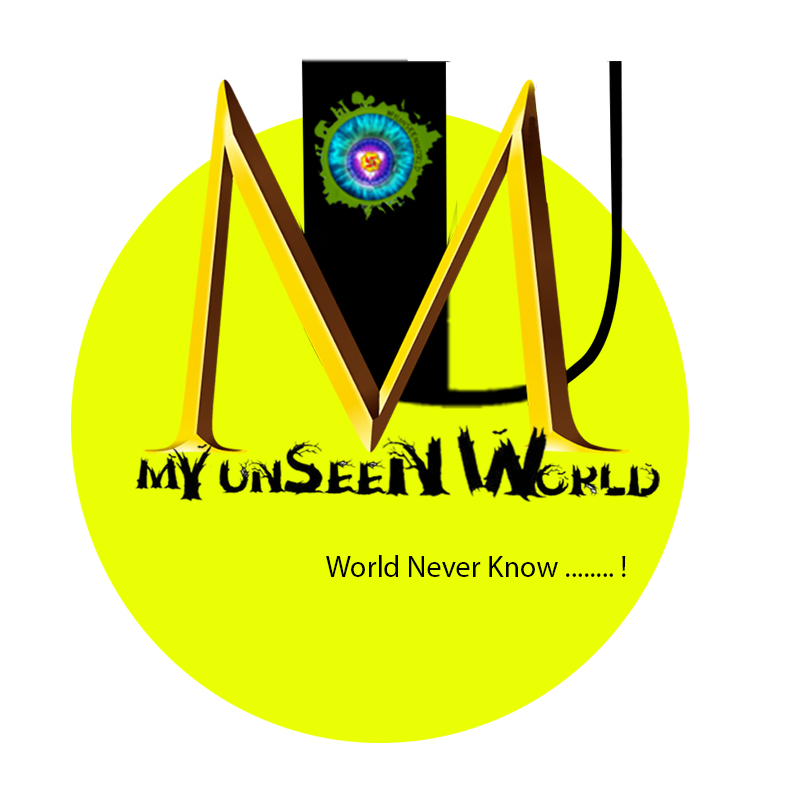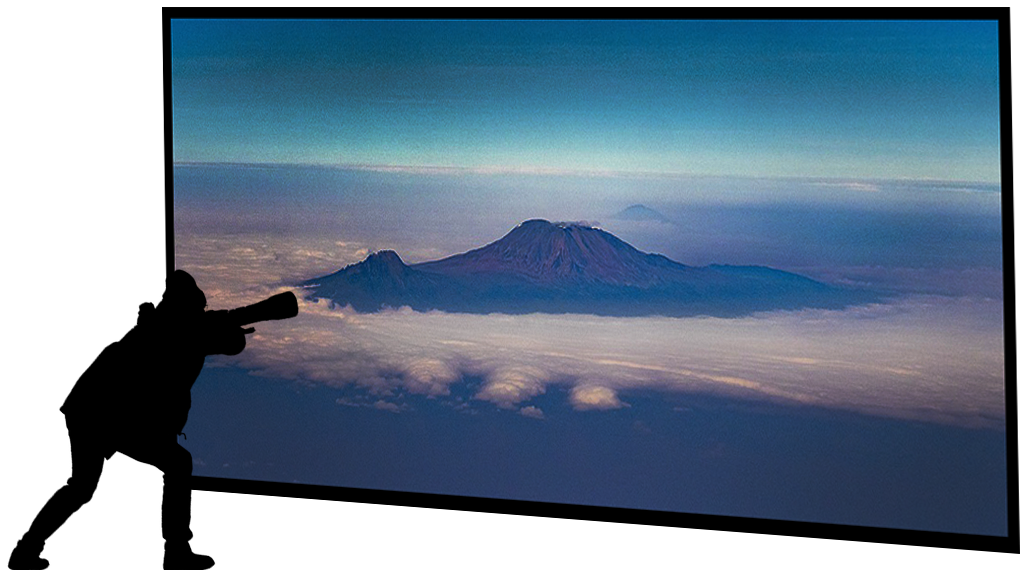Climbing the Majestic Kilimanjaro is an exhilarating journey to Tanzania and the highest peak in Africa. The journey begins at the foothills of the mountain, where the climate is warm and the scenery is breathtaking. Climbers must make the trek through the rainforest and across the alpine desert before summiting the peak. Along the way, climbers can learn about the local wildlife, culture, and geography of Tanzania. The journey culminates at the summit of Kilimanjaro, where adventurers can take in the awe-inspiring views of the surrounding landscape and savor the accomplishment of reaching the highest peak in Africa.
A Once-in-a-Lifetime Adventure Awaits: Specials in Kilimanjaro, Tanzania

This article highlights the many exciting activities that await travelers in Kilimanjaro, Tanzania. It highlights the many ways to experience the beauty of the region, from climbing the highest free-standing mountain in the world, to experiencing the lush wildlife, to taking advantage of the luxury lodges and the local culture. It encourages readers to take advantage of the once-in-a-lifetime opportunity to explore the region, and to make the most of their time there.
Kilimanjaro: An Unforgettable Attraction in Tanzania

Kilimanjaro is Tanzania’s most iconic landmark and the highest mountain in Africa. It is a popular destination for hikers and adventurers, who can experience breathtaking views, unique wildlife, and a sense of accomplishment. Located in the beautiful Kilimanjaro National Park, the mountain is a unique and unforgettable attraction that offers a chance to explore nature and push one’s limits. From climbing to the summit to camping in its tranquil forests, Kilimanjaro offers a variety of activities that will make any visit unforgettable.
Tantalizing Tanzanian Cuisine: Exploring the Foods of Kilimanjaro

Tantalizing Tanzanian Cuisine: Exploring the Foods of Kilimanjaro” is a captivating article that provides a detailed exploration of the traditional Tanzanian cuisine of Kilimanjaro. The author discusses the various ingredients and spices that comprise the diverse dishes of this region, as well as the cultural influences behind them. The article also examines the importance of food in Tanzanian culture, noting that it is often used to mark special occasions and to bring people together. Finally, the article highlights some of the lesser-known recipes from Kilimanjaro, providing readers with a fascinating insight into the culinary delights of this region
Exploring the Unique Customs of Kilimanjaro, Tanzania

Kilimanjaro, Tanzania is home to unique customs and cultures that are unique to the region. The Chagga people, for example, have an elaborate wedding ceremony that includes a bridal procession, a dance, and traditional feasting. The Chagga also practice an age-old tradition of honey hunting, which involves climbing the trees of the Kilimanjaro forest to harvest honey. Another unique custom is the practice of building traditional Chagga homes with mud mixed with cow dung and grass. Finally, the people of Kilimanjaro are unique in their love for coffee, which is grown and brewed in the region and served in traditional ceremonies.
Exploring the Rich Cultural Heritage of Kilimanjaro, Tanzania

Kilimanjaro, Tanzania is a region rich in culture, boasting a mix of diverse traditions, languages, and beliefs. From the traditional Maasai people to the more modern Chagga people, Kilimanjaro has a vibrant selection of cultural heritage. Traditional music, dance, and art are all staples of the area, while the region also offers a number of interesting archaeological sites, including the ruins of a former slave trading post. For those looking to explore the area’s culture, the best way to do so is to visit the local villages and explore the vibrant culture of Kilimanjaro first-hand.
Frequently Asked Questions:
Q2. What is the best time of year to climb Kilimanjaro?
Answer: The best time of year to climb Kilimanjaro is during the dry season, which is generally between the months of January and March, and June and October
Q3. What should I bring on the climb?
Answer: You should bring clothing suitable for both warm and cold temperatures, comfortable walking shoes, a day pack, snacks, a sleeping bag, a sleeping mat, a water bottle, and sunscreen.
Q4. How long does it take to climb Kilimanjaro?
Answer: It typically takes five to nine days to climb Kilimanjaro, depending on the route you take.
Q5. Are there any age or fitness requirements for climbing Kilimanjaro?
Answer: The minimum age for climbing Kilimanjaro is 10 years old, and there are no specific fitness requirements for the climb, though having a good level of cardiovascular fitness and an ability to walk for long periods of time is recommended.

